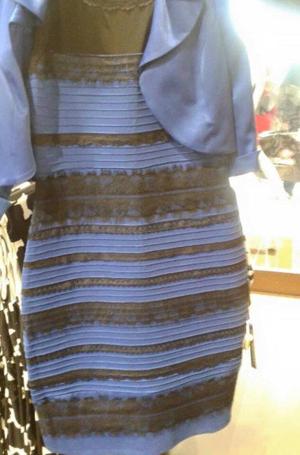Some of the potential uses for drones is shipping products, traffic surveillance, natural disaster surveillance, and crop monitoring. They can even be used for emergency situations such as house fires to find if anyone is left in the house what paths to take. There are many other uses waiting to be discovered but I believe the greatest potential lies in the light shipping industry and law enforcement.
I wouldn't be surprised if we see drones flying all over the tops of buildings in a few decades from now bringing people anything from their Cookout meals to their school books they bought of amazon. It would probably be a lot more efficient too because the drones could take a shorter path to destination rather than following a road. Also, it could probably run on renewable energy such as solar power because in one of NOVA's documentary videos about drones they showed one of the military's drones that can stay in flight all day every day because of solar power. This could reduce the amount of harmful emissions that come from the trucks, planes, and postal cars.
The drones could also help out law enforcement substantially with surveillance but the common public would probably be against that. Yet at the same time I don't see what the problem with it is because law enforcement already uses helicopters for surveillance so I think they should be able to use the more efficient method by using drones. There just has to be good regulations that does not violate our rights to privacy.
If the common person would like to fly a drone such as a quad-copter for recreational uses he/she would have to comply to the following regulations.
• "Follow community-based safety guidelines, as
developed by organizations such as the
Academy of Model Aeronautics.
• Fly no higher than 400 feet and remain below any
surrounding obstacles when possible.
• Keep your sUAS in eyesight at all times, and use
an observer to assist if needed.
• Remain well clear of and do not interfere with
manned aircraft operations, and you must see
and avoid other aircraft and obstacles at
all times.
• Do not intentionally fly over unprotected persons
or moving vehicles, and remain at least 25 feet
away from individuals and vulnerable property.
• Contact the airport or control tower before flying
within five miles of an airport.
• Do not fly in adverse weather conditions such as
in high winds or reduced visibility.
• Do not fly under the influence of alcohol or drugs.
• Ensure the operating environment is safe and
that the operator is competent and proficient in
the operation of the sUAS.
• Do not fly near or over sensitive infrastructure
or property such as power stations, water
treatment facilities, correctional facilities, heavily
traveled roadways, government facilities, etc.
• Check and follow all local laws and ordinances
before flying over private property.
• Do not conduct surveillance or photograph
persons in areas where there is an expectation of
privacy without the individual’s permission"
(http://knowbeforeyoufly.org/wp-content/uploads/2015/01/KBYF_Brochure.pdf)
As you can see there are many regulations and rules about flying personal drones. I think this long list is a smart way to make sure private drone usage is safe for the rest of the public. However, in order to allow the drone
Quad-copter



